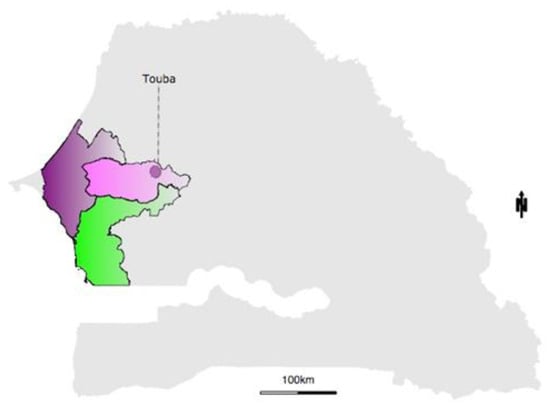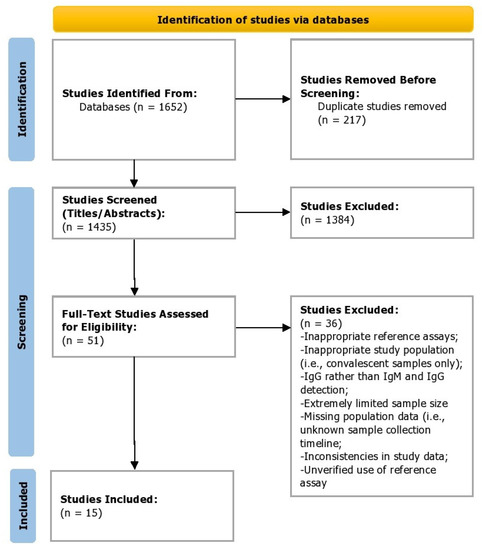Public Health Surveillance and Infectious Disease Control (Closed)
A topical collection in International Journal of Environmental Research and Public Health (ISSN 1660-4601). This collection belongs to the section "Infectious Diseases, Chronic Diseases, and Disease Prevention".
Viewed by 17824Editors
Interests: bioengineering; public health; healthcare decision making; machine learning and data mining for healthcare; modeling and analysis of biomedical data; health technology assessment; quality improvement in healthcare; lean six sigma; biomedical signal processing and analysis
Special Issues, Collections and Topics in MDPI journals
Interests: public health; preventive medicine; epidemiology
Interests: public health; occupational medicine; health economics; preventive medicine; epidemiology; environmental health and food control
Special Issues, Collections and Topics in MDPI journals
Topical Collection Information
Dear Colleagues,
Never before has interest in infectious diseases reached such a high level as today. The particular historical period we are experiencing has placed before us the power that viruses and bacteria can have over the health of the population. According to the World Health Organization (WHO), the diseases hitherto identified as being at epidemic risk are only warning signs of a new era of potentially rapidly spreading epidemics that will put the national health systems of most of the countries of the world in serious crisis.
It is easy to understand how all this can influence not only health, but also the economy. It becomes very important to be able to identify, using the new knowledge at our disposal, tools of interest in terms of global health, specifically regarding infectious diseases. However, infections represent a problem and a considerable cost even at the lowest level, such as that of individual hospitals. Being able to manage and limit them therefore becomes of strategic interest for hospital management.
Given the complexity of the field of interest, Global Health requires a transdisciplinary and multi-methodological approach, which makes use of the contribution of many sciences including economics, engineering, and biomedicine.
We therefore welcome all articles, systematic reviews, and other original productions that address some of the core research topics related to this Topical Collection, including but not limited to:
- Global infectious diseases;
- Hospital infections and healthcare acquired infections;
- Community infections;
- Surveillance and control.
Dr. Giovanni Improta
Dr. Emma Montella
Dr. Giovanni Boccia
Dr. Ilaria Loperto
Collection Editors
Manuscript Submission Information
Manuscripts should be submitted online at www.mdpi.com by registering and logging in to this website. Once you are registered, click here to go to the submission form. Manuscripts can be submitted until the deadline. All submissions that pass pre-check are peer-reviewed. Accepted papers will be published continuously in the journal (as soon as accepted) and will be listed together on the collection website. Research articles, review articles as well as short communications are invited. For planned papers, a title and short abstract (about 100 words) can be sent to the Editorial Office for announcement on this website.
Submitted manuscripts should not have been published previously, nor be under consideration for publication elsewhere (except conference proceedings papers). All manuscripts are thoroughly refereed through a single-blind peer-review process. A guide for authors and other relevant information for submission of manuscripts is available on the Instructions for Authors page. International Journal of Environmental Research and Public Health is an international peer-reviewed open access monthly journal published by MDPI.
Please visit the Instructions for Authors page before submitting a manuscript. The Article Processing Charge (APC) for publication in this open access journal is 2500 CHF (Swiss Francs). Submitted papers should be well formatted and use good English. Authors may use MDPI's English editing service prior to publication or during author revisions.
Keywords
- Global Health
- infectious diseases
- hospital infections
- community infections
- surveillance and control








